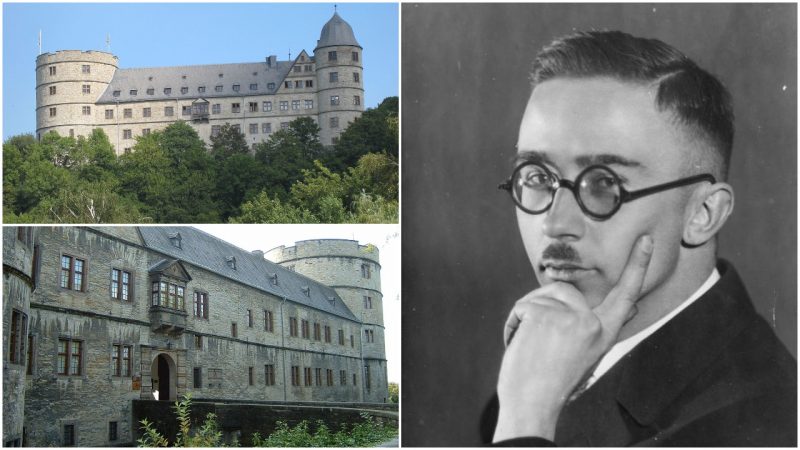Of all the stories in the history of the German castle Wewelsburg, situated in the region of Westphalia, the most interesting one has to be that which occurred during the rise and reign of the Nazis in Germany.
It is the story of Heinrich Himmler, one of the most powerful men in Nazi Germany and one of the people most directly responsible for the Holocaust. Himmler first came to the idea of using a castle “in the heartland of Hermann der Cherusker.” As a historic figure, Hermann was hailed among nationalists ever since the unification of Germany; he was the symbol of German unity and freedom among them.
On his first visit to the Wewelsburg, Himmler decided to buy or lease the castle. It was late 1933 and nationalism was now establishing itself to the very bone in Germany. Along with his team, Heinrich envisioned the castle to be an SS Leadership School, initially intended to ensure a unified ideological training of the SS leadership.
The SS were soon granted the permission to start the schooling activities in the castle, and the Wewelsburg was taken over by Himmler following a grand ceremony on 22 September 1934. At the event, talks of the Germanic and historic past of the region were overwhelming, and emphasis was put down to educational purposes. However, the Wewelsburg was fresh soil for far more unimaginable ideas.
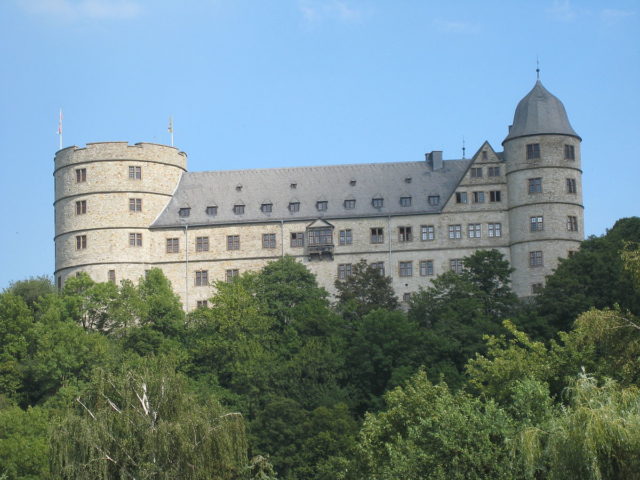
Allegedly, it was Karl Mari Wiligut, an Austrian Occultist, and SS-Brigadeführer who persuaded Himmler to use the castle not only as a school but also as a cult site. The Austrian officer was supposedly inspired by an old Westphalian legend of the “Battle at the Birch Tree,” which tells of the future “last Battle at the birch tree.” According to the tale, the “huge army from the East” is defeated decisively by the army of the west. Wiligut had another premonition for Himmler that the Wewelsburg would be the “bastion” for a major Euro-Asian conflict.
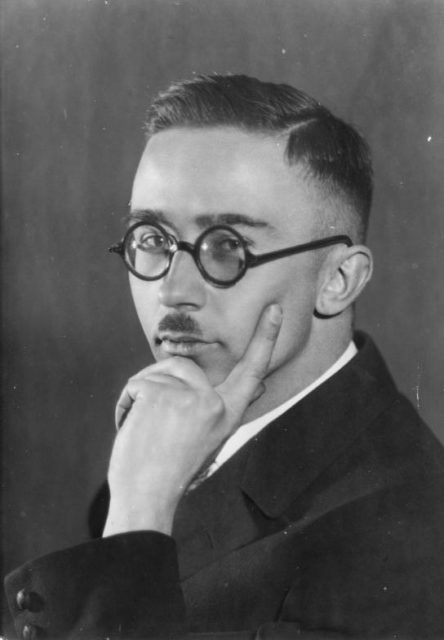
The school in the castle was led by Manfred von Knobelsdorf, a former professional soldier, and brother-in-law of Walther Darré. Darré was among the leading Nazi “blood and soil” ideologists, the seventh most senior commander in the Reich too.
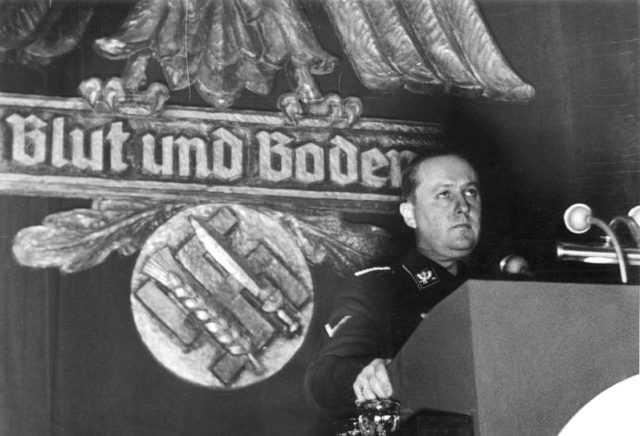
Quickly, the activities at Wewelsburg focused on nurturing ideological ideas that were very narrow-minded in nature. Work reduced to conducting basic pseudo-scientific research in ancient and medieval history, folklore, and similar fields. These “research” activities, of course, provided the basis of the racial teachings of the SS. Wilhelm Teudt, a German cleric, and archaeologist who believed in an ancient, highly developed Germanic civilization, was one of the scholars who resided at the Wewelsburg. His work was first rejected by experts in the late 1920s, but his influence persisted at the castle.
Wewelsburg seemed like the perfect setting for these type of activities as the site simultaneously made a center for archaeological excavations in the region.
This was the soil for the development of ancestor cults, worship of runes, as well as the racial doctrines.
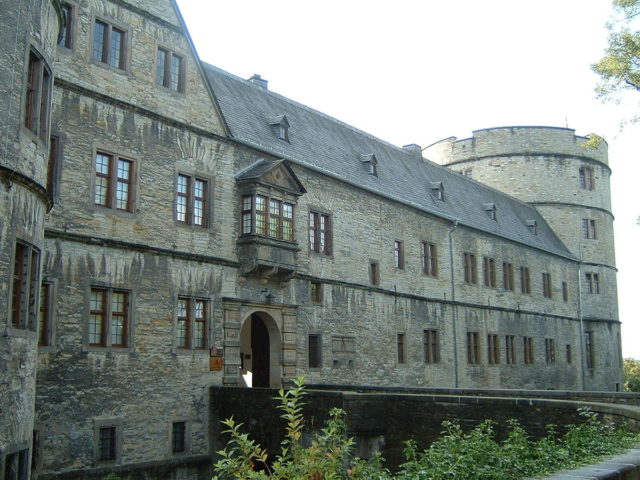
Some ideas were crazy and really far-fetched from reality and from the evidence-based nature of science.
For instance, Himmler had adapted the idea of the Grail to create a heathen mystery for the SS. There was even a specially arranged study room known as the “Grail.” Other such study rooms were known as “Westphalia,” “runes,” “King Arthur,” Henry the Lion” and “Christopher Columbus,” to name a few. Aside from these study rooms, much of the castle interior was redesigned, and some new facilities were added.
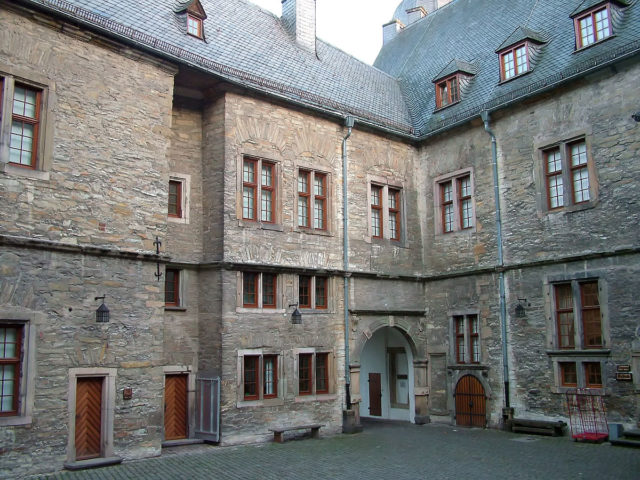
The interior decoration of the castle was a story for itself, dominating in an SS sensibility in art and culture. The preferred elements of design were based on runes, swastikas, and Germanically interpreted “sense characters.”To illustrate, a tableware adorned with runes and Germanic symbols of salvation was produced specifically for the Wewelsburg. Himmler’s private collection of weapons was treasured in the castle also.
There were no limits to the ill-fated imagination of Himmler. Reportedly, he imagined the castle as a focus for the rebirth of the Knights of the Round Table and had twelve SS officers appointed as his followers. Altogether they would gather at some of the castle rooms and perform unknown rites. Twelve was a predominant number and played a key role in the castle’s design too. This is just a portion of the Nazi mythology that was developed in this Westphalia center.
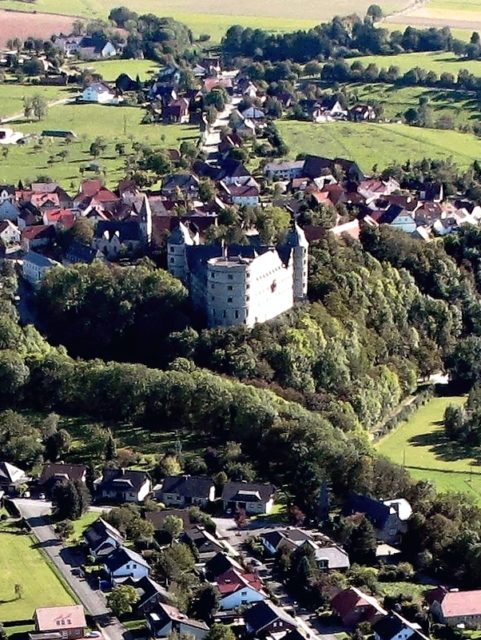
Since 1936, Himmler was often present at the castle as his goals were to push the Wewelsburg project forward as an ideological center for the SS Order. By the late 1930’s, the place had evolved into an isolated central meeting place for the highest ranking SS officers only.
After the end of WWII, the castle was restored and reopened as a museum and youth hostel. Since 2010, a new permanent exhibition “Ideology and terror of the SS” was made available to the public, depicting the activities of the SS as a whole. The youth hostel, situated mostly in the east-wing of the castle, counts as one of the largest in the country.
Looks like traveling to Westphalia and staying at the Wewelsburg is a pretty good idea anyways.
